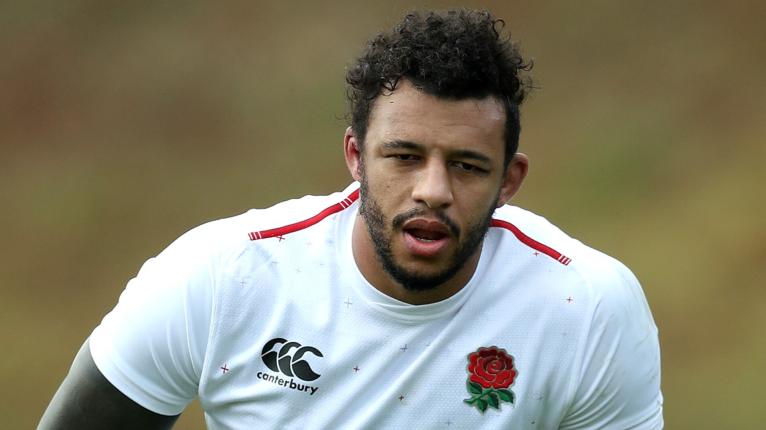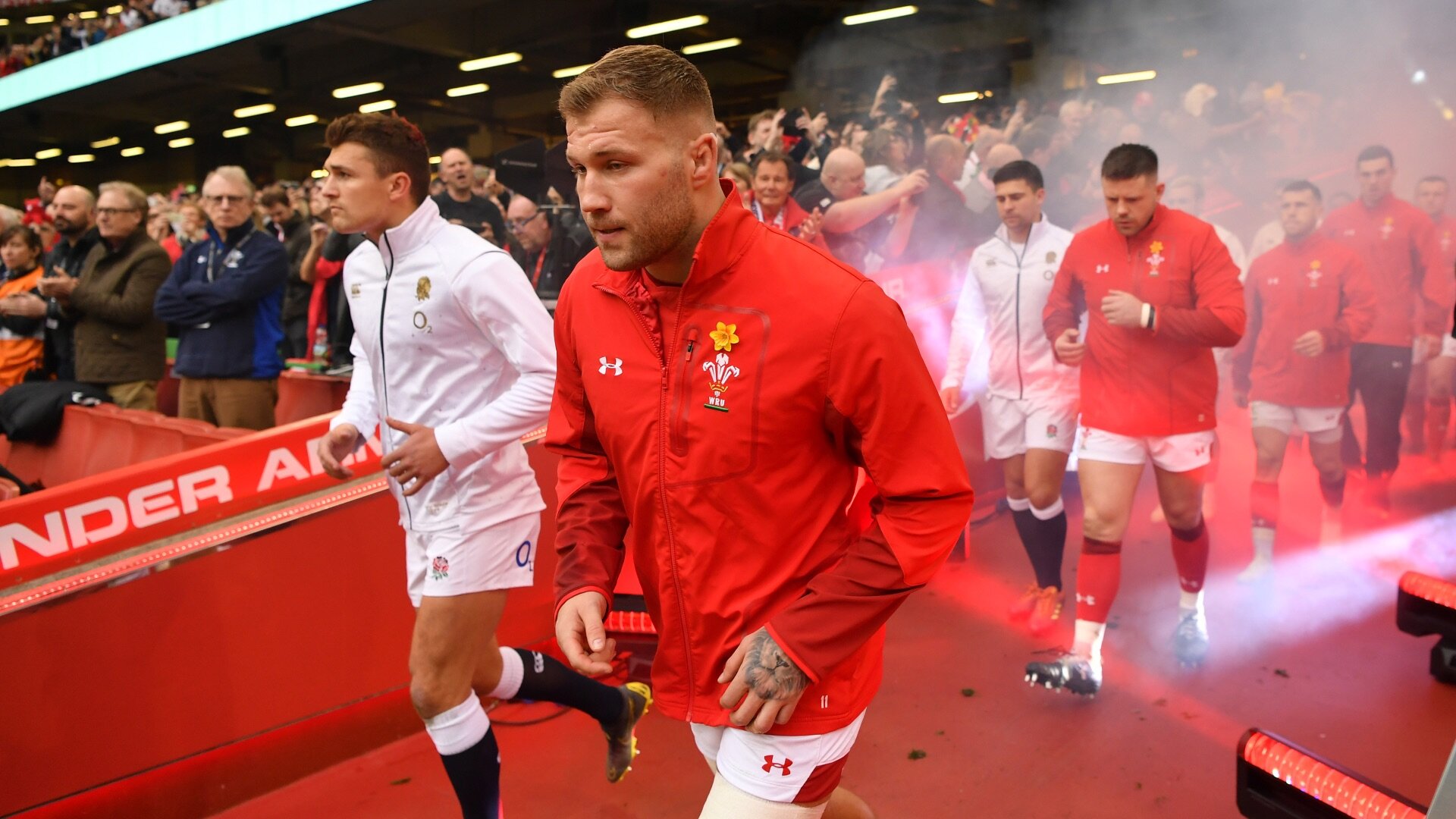Does Wales' back row have a size problem heading to the World Cup?

Over the years, statistics have suggested that two indicators of a successful World Cup are the height of a team’s backs and the weight of their forwards.
This is not something that everyone will agree with in modern rugby, particularly with teams attempting to increase the speed of the game, but it is nonetheless a way of measuring success.
Therefore, it could be argued that the size of the back row will play a part in a team’s success as they make up over a third of the pack. But a heavy and bruising back row may not necessarily be the recipe for success anymore, particularly with more mobile flankers being in vogue at the moment.
So when Wales’ back row is compared to the other top six teams in rugby’s world rankings in terms of size, a lot can be read into it as Warren Gatland’s loose forwards are the lightest and smallest compared to the other five teams (all heights and weights taken from each country’s website – except England’s simply because there is no way that Lewis Ludlam is 98kg).
Gatland prides himself on having the most well-conditioned teams, particularly in the pack. Their performance against England in the Six Nations is a testament to that, as they were able to outlast Eddie Jones’ side and pull away in the last 20 minutes.
(Continue reading below…)
Their Grand Slam success itself was built upon defence and the tireless work of their forwards. After two gruelling camps in Switzerland and Turkey, they will only be in better condition. Gatland is also the only coach out of the top six to name an 18-13 split between forwards and backs in the 31-man squad, taking six back row players.
This option by the longtime head coach reflects his attitude and approach, that his back row are expected to outwork the opposition, and therefore squad rotation is key to remain fresh. With Australia, Fiji and Georgia in their pool as well, they have some tricky games to contend with and they must tire the heavier packs.
But there may be questions whether this back row is lacking in size going into the World Cup. In terms of height, each nation is fairly close, with Wales and England being smallest on average at 1.88m/6ft 2ins (although England are 1.9m/6ft 3ins with Courtney Lawes included), and the All Blacks, South Africa and Australia being the tallest on average at 1.9m/6ft 3ins.

While there is not much difference in height, there is a greater difference when it comes to the weight of each back row unit. Wales are the lightest, at 103.5kgs/16st 4lbs on average, with the All Blacks being closest at 104.4kgs/16st 6lbs, but the next lightest on average is Ireland at 108.2kgs/17st (and 109kgs/ 17st 2lbs including Tadhg Beirne) which is a considerable increase.
Wales are conceding almost 10kg per player compared to the heaviest back row, England, who are 111.2kgs/17st 7lbs on average (which is the same with or without Lawes). However, that stat is slightly skewed by the considerable weight of Billy Vunipola at 126kgs/19st 12lbs as the average weight is 107.5kgs/16st 13lbs without him.
Then again, Vunipola simply has to be included in England’s back row equation as he is possibly their most influential player, and arguably the best No8 in the world who is going to play as much as he can.
His weight and ballast are instrumental in generating momentum and front foot ball for England, and he is perhaps the player that Wales lack in their back row as Taulupe Faletau, who was ruled out of the World Cup, is the most comparable player to the Saracens No8.
The Springboks’ stats are also slightly misleading as Kwagga Smith, who at 80kgs/12st 8lbs, is likely to be the lightest forward at the World Cup. Without the former sevens star, South Africa actually weigh in with the heaviest back row on average at 113.5kgs/17st 12lbs, with monstrous ball carriers like Duane Vermeulen and Pieter-Steph du Toit in their ranks. This has traditionally served them well and has proved to be a success so far in 2019 as they won the Rugby Championship.
As for Wales’ Pool D opponents Australia, they are 109.2kgs/17st 3lbs on average, which is a fair bit heavier. However, when they line up against each other, Michael Cheika will field David Pocock and Michael Hooper alongside one another with, in all likelihood, Isi Naisarani in the No8 shirt which will bring down the average weight.
View this post on Instagram
An impossible task but hoping we get at least 5 out of 15 correct… #RugbyWorldCup #Japan2019
So when comparing the likely combination of Josh Navidi, Justin Tipuric and Ross Moriarty, there won’t actually be too much of a difference in size. They are likely to weigh in lighter against their other pool opponents Georgia, Fiji and Uruguay as well, as Gatland has clearly prioritised the mobility of his back-row, with Aaron Shingler being the heaviest at only 16st 11lbs.
The concept of fielding a faster back row with two openside flankers may be a common occurrence at the World Cup, with the All Blacks often using Sam Cane and Ardie Savea, and England starting to use both Tom Curry and Sam Underhill, which will bring down the weight.
The Springboks still tend to opt for a more sizeable trio at the back of the scrum, with the likes of hooker Malcolm Marx serving almost as another loose forward.
What separates the Grand Slam champions from the other teams, however, is that the likes of Vunipola, CJ Stander and Kieran Read add a bit more weight to their respective back rows, while Wales perhaps lack that character. They instead rely on the brute strength of Moriarty and Navidi, who are hugely powerful themselves while not necessarily being the heaviest.
Those two may be enough for Wales in terms of driving back defences, but the issue may rear its head when it comes to the set-piece as their scrum is probably going to be lighter than their opponents.
In terms of the lineout, the extra height of their opponents could be an advantage too, particularly if Lawes and Beirne are used as flankers for England and Ireland, or Scott Barrett for the All Blacks. That being said, Tipuric is a great lineout option despite not necessarily being the tallest.
An absolute legend of the game! ?https://t.co/jwUCBcNjEO
— RugbyPass (@RugbyPass) September 6, 2019
This World Cup may be a fork in the road for back rows in answering the question whether fielding a lighter combination is the way forward to play with more speed and outworking the opposition, particularly in defence.
Wales, and indeed New Zealand, maybe the pioneers of this new wave of thought, but it will only prove a success if they get one over the bigger teams such as South Africa and England in Japan. With all of those teams vying for success, they are going to encounter one another and provide answers for what the back row future will be.
WATCH: Part one of Operation Japan, the two-part RugbyPass documentary on the World Cup in Japan















































